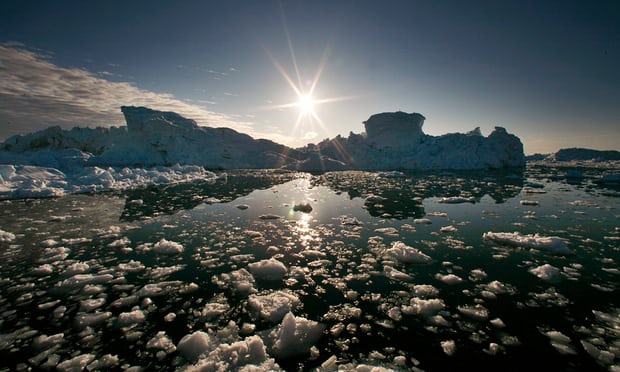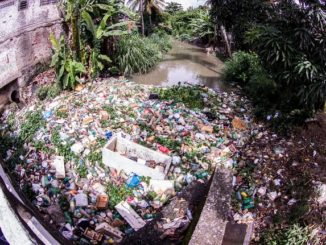
Underwater sea walls and artificial islands among projects urgently required to avoid devastation of global flooding, say scientists
Scientists have outlined plans to build a series of mammoth engineering projects in Greenland and Antarctica to help slow down the disintegration of the planet’s main glaciers. The controversial proposals include underwater walls, artificial islands and huge pumping stations that would channel cold water into the bases of glaciers to stop them from melting and sliding into the sea.
The researchers say the work – costing tens of billions of dollars a time – is urgently needed to prevent polar glaciers melting and raising sea levels. That would lead to major inundations of low-lying, densely populated areas, such as parts of Bangladesh, Japan and the Netherlands.
Flooding in these areas is likely to cost tens of trillions of dollars a year if global warming continues at its present rate, and vast sea-wall defences will need to be built to limit the devastation. Such costs make glacier engineering in polar regions a competitive alternative, according to the team, which is led by John Moore, professor of climate change at the University of Lapland.
“We think that geoengineering of glaciers could delay much of Greenland and Antarctica’s grounded ice from reaching the sea for centuries, buying time to address global warming,” the scientists write in the current issue of Nature. “Geoengineering of glaciers has received little attention in journals. Most people assume that it is unfeasible and environmentally undesirable. We disagree.”
Ideas put forward by the group specifically target the ice sheets in Greenland and Antarctic because these will contribute more to sea rise this century than any other source, they say. Their proposals include:
• Building a 100-metre high wall on the seabed across a 5km wide fjord at the end of the Jakobshavn glacier in western Greenland. This would reduce influxes of warming sea water which are eroding the glacier’s base;
• Constructing artificial islands in front of glaciers in Antarctica in order to buttress them and limit their collapse as their ice melts due to global warming;
• Circulating cooled brine underneath glaciers such as the Pine Island glacier in Antarctica – in order to prevent their bases from melting and sliding towards the sea.
In each case, the team – which includes scientists in Finland and the US – acknowledges that costs would be in the billions. Construction is also likely to cause considerable disruption. For example, building a dam across the Jakobshavn fjord could affect ecology, fisheries and tourism, and large numbers of workers would have to be shipped in to complete the project.
Similarly, building artificial islands in front of glaciers would mean importing about six cubic kilometres of material, a task that would be immensely difficult in stormy Antarctic waters. And drilling through ice that is kilometres thick to pump down cooled water would also stretch the capabilities of engineers.
However, the team insists that such projects should be carefully assessed now as the likely costs appear to be compatible with those of other large energy and civil engineering works being planned across the globe. The issue is simple, they state: should we spend vast sums to wall off all the world’s coasts, or can we address the problem at its source?
“Potential risks, especially to local ecosystems, need careful analysis,” they conclude. “In our view, however, the greatest risk is doing nothing.”
Visits: 1


This can only provide temporary solutions to the problems.